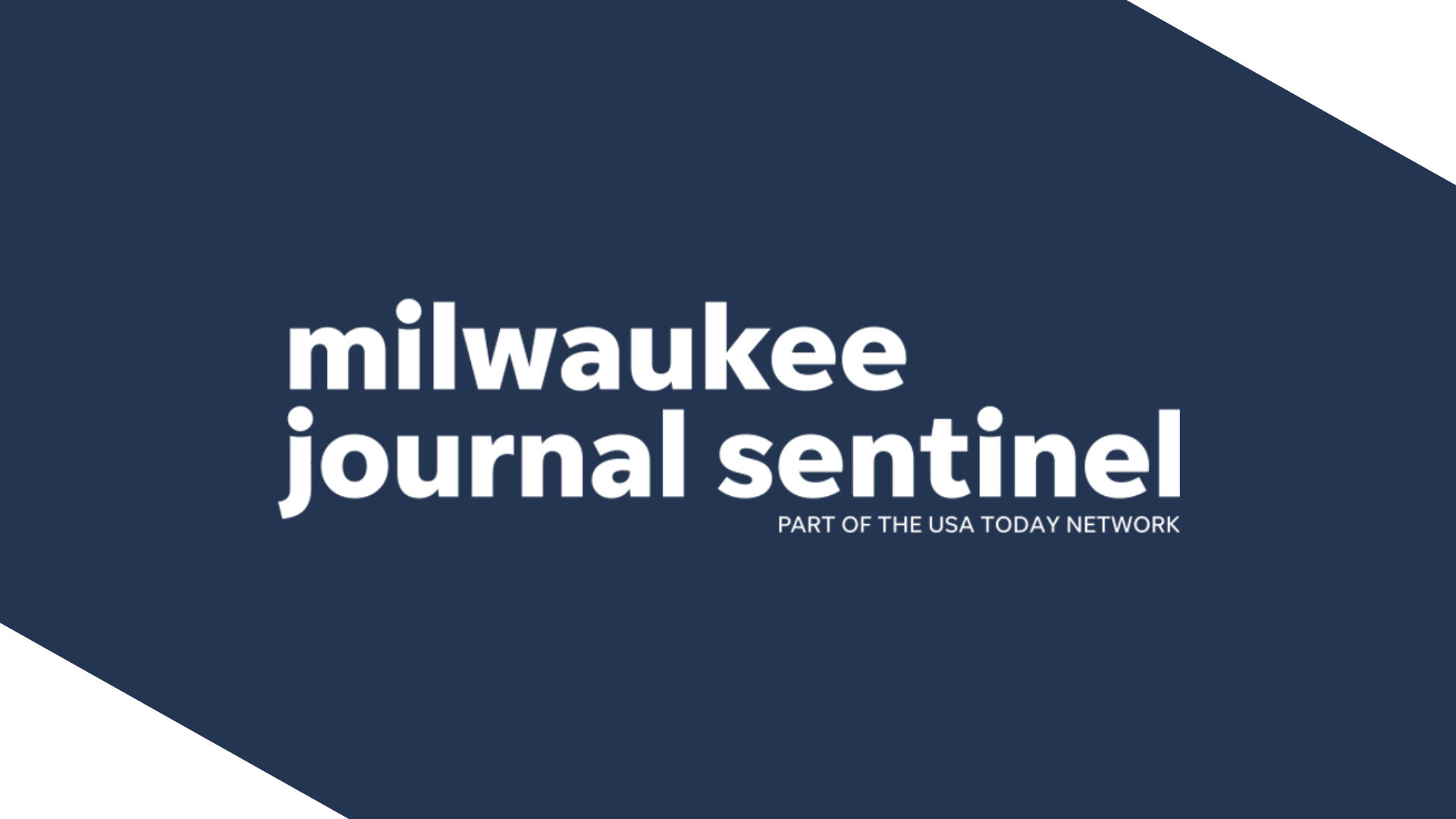“How a rural community college makes sure its students get to their classes, one car at a time.”
The Seldin/Haring-Smith Foundation, a family foundation that researches higher education, found that only 57 percent of community-college main campuses across the country are transit accessible — meaning just under 600 institutions are not within walking distance of public transportation. The foundation is building maps that chart transit stops near all branch and satellite campuses for community and technical colleges in each state.
“Transportation is a Basic Need”
Reliable transportation is also a basic need.
Food pantries have become common features of campus life. Now, colleges are beginning to recognize another basic student need: affordable, safe, reliable transportation.
While only a few institutions currently provide or facilitate low-cost access to transportation — typically through subsidies for bus, subway, or light-rail rides — such benefits are likely to grow as recognition of “transportation insecurity” continues.
It’s about time. And with billions in federal infrastructure dollars soon to start flowing, the timing could also be opportune.
Still, the challenges are sizable. Consider that at 43 percent of community and technical colleges’ main campuses, there isn’t even a transit stop within easy walking distance, according to a newly published map. More than 18 percent don’t have a stop within 4.5 miles. Solutions will require creativity — and cooperation, if not partnerships with organizations beyond the campus.
At the same time, the momentum is undeniable, spurred in part by grants from the Kresge and Seldin/Haring-Smith Foundations. To wit: The new GoPass program offering free transit to Los Angeles County Community College District students came in response to grant-funded experiments in the region showing that students persisted at higher rates with subsidized transit.
Congress has also begun to pay heed. U.S. Rep. Conor Lamb and Sen. Robert Casey, both Democrats of Pennsylvania, recently introduced bipartisan legislation in the House and Senate calling on the U.S. Departments of Labor and Transportation to offer competitive grants to promote greater transit access at colleges. As part of their rationale for this PATH to College Act, the lawmakers cited the new map, developed by the Seldin/Haring Smith Foundation. An analysis accompanying the map also provides an overview of transit access at four-year colleges, HBCUs, and other minority-serving institutions. And this year the foundation plans to add state-by-state information on transit access at all campuses.
Abigail Seldin, chief executive and co-founder of the foundation, calls the map “just a point of departure” for further discussions of transit access. In fact, it is a vital catalyst. The map is the first tool to show how existing public-transportation systems leave students stranded. It also shows how minor adjustments to transit systems could increase access: An additional 25 percent of two-year colleges, for example, could be made accessible by short route extensions, schedule changes, or regular shuttle buses to nearby stops.
I’ve been watching developments in transportation access for a few years now. The free transit for students that Joe May, then chancellor of the Dallas Community College District, negotiated with local transportation leaders in 2017 piqued my interest. The issue seemed less urgent when the pandemic hit and so many classes went online. Now, with in-person classes more prevalent (assuming this current spike in Covid-19 cases is short-lived), and colleges looking to boost enrollment, transit is relevant again.
Compared with the costs and complexities of assisting students with other commonly identified basic needs (like food, housing, and child care), transportation could be an easier lift. That’s because many of the solutions that would help students could also benefit transit organizations, as they aim to maximize use and nurture a culture of ridership. Solutions are easier to achieve when all parties see potential for a win.
But all of this will take some work. That includes:
Understanding the problems. Colleges may not realize how much students are affected by transit limits. The Dallas district, for example, learned that transit was the biggest barrier students faced only after it surveyed them and had 30 administrators shadow 70 students for several months, May told me. The transit passes made a difference, raising regular student ridership from 10,000 to 30,000 (pre-Covid).
Aligning transit timetables with students’ schedules. As much as affordable fares and nearby stops matter, they won’t do any good if buses and trains don’t run when students need them. At many institutions, students attend classes at night, or need to travel to clinical sites to complete course requirements — not to mention commute from work to campus (or their child’s school or day-care center). Unless the rail systems and buses can accommodate those daily needs, even an expanded, free system won’t be enough. In Dallas, the transit authority adjusted schedules to make it easier for nursing students to reach clinical sites.
Establishing relationships between colleges and transit leaders. Colleges can’t ease students’ transportation barriers by themselves. Cooperation with local and regional transportation officials is vital. In some communities, that’s happening already, thanks in part to a “basic needs” project connecting cities and colleges, spearheaded by the National League of Cities. But are postsecondary leaders at the table when transit agencies are making decisions? That’s a point that Bela Shah Spooner, a program director with the league’s Institute for Youth, Education, and Families, raised with me recently. I suspect few are. As more colleges understand how transportation limits are affecting their students, let’s hope that changes.
Ponying up some money. Colleges can’t expect transit agencies to offer — never mind extend — their services free of charge. But in many cases, adding student riders might not cost those agencies a lot of money. In Dallas, for example, the community-college district pays Dallas Area Rapid Transit $20 per student to provide free passes. It’s doable because property values have increased in the region, the former chancellor said, and the district is using some of the rising property-tax revenue to cover the cost. As Seldin said to me: “In a world where a lot of higher-ed solutions can be very expensive, this is very cheap.”
Of course this little agenda isn’t exhaustive. For one thing, it’s focused primarily on “last mile” connections for colleges and transit agencies to help students get to campus. But plenty of students live in places where there’s no public transit stop near their homes. As May put it, for them, “the ‘first mile’ is the problem.”
And many other students live in communities where there’s not just no stop, but no public transit at all. For car-dependent students, more-meaningful support might be as simple as a change in the federal student-aid policy that now prohibits students from using Title IV money to purchase a car. (Last year Seldin made a case for ditching that prohibition in this op-ed in The Hill.)
Finally, while it seems pretty obvious that making it easier and more affordable for students to get to and from campuses will also make it likelier that they’ll persist in their educational goals, there’s a case to be made that additional research focused specifically on the impacts of transportation assistance would be useful. (Previous evaluations of programs like CUNY ASAP have demonstrated their value, but those programs included other supports beyond those for transportation.) Bethany Miller, who until recently oversaw college transportation grants for Kresge, is one of the people urging this work. Right now, the cause has some wind in its sails. But being able to quantify whether and how spending pays off could show college leaders and policy makers that such investments are worth it, Miller said, even “when dollars are scarce.”
"A PATH to Greater Transit Access”
In an unusually quick turnaround for federal politics, a report published in May inspired the introduction of bipartisan legislation just this month that would improve access to public transportation for college students, an investment that is widely supported by higher education advocates.
It all began in January, when researchers at the Seldin/Haring-Smith Foundation set out to answer the question “Do students need a car to attend community college?” What they found captured the attention of lawmakers: only 57 percent of primary community college campuses are within half a mile of a transit stop, even though 99 percent of community college students live off campus. Further, 25 percent of those campuses that aren’t accessible could be made accessible simply by extending an existing transit line.
“What you’re talking about is adding a transit stop to a route that already exists—building one bus shelter or changing the route a little bit,” said Abigail Seldin, CEO of the foundation. “It’s having a bus go two more miles down the road. From an infrastructure standpoint, that’s just so easy. It’s right there.”
"New federal legislation aims to strengthen public transit for colleges”
The bill "is particularly exciting from a higher ed perspective," said Abigail Seldin, the foundation's chief executive.
She said she was surprised at the high "volume of opportunity" in states such as Kansas and others in the Great Plains, where nearly 38% of two-year schools had transit stops within the 1/2 of a mile to 4 1/2 mile range.
Seldin said the research relied on federal data that could not pinpoint community colleges' branch campuses. But the foundation plans to release a new version of the study in early 2022 that will encompass them. She did not expect the update to materially change the results.
"New Toolkit To Combat Sex Trafficking At Massage Schools”
NEW TOOLKIT TO COMBAT SEX TRAFFICKING AT MASSAGE SCHOOLS: The Seldin/Haring-Smith Foundation is announcing this morning a new effort to help state regulators identify sex trafficking at massage therapy schools. The group is awarding a grant to the Colorado Department of Higher Education and the Federation of State Massage Therapy Boards to jointly produce a toolkit for state authorizers of massage schools.
— A report by the foundation earlier this year and a USA Today investigation this summer highlighted problems with how state regulators oversee or respond to suspicions that massage schools may be linked to sex trafficking or prostitution. A congressional oversight panel is examining the issue, and the Education Department has said it plans to review an accrediting agency that approved a college that a state regulator said may have ties to prostitution.
— "We've always said we don't expect authorizers to act as SVU detectives, but nor should they be left ill-equipped and under-resourced to address what we know is happening across the country,” Abigail Seldin, the foundation’s CEO, said in a statement announcing the grant. The toolkit is expected to launch in December.
Read the full piece on Politico.
"A different kind of school bus”
A DIFFERENT KIND OF SCHOOL BUS: A new report and map out this week make the case for extending transit access for community colleges. The analysis from the Seldin / Haring-Smith Foundation finds that by extending existing transit infrastructure, an additional 25 percent of community colleges could be made accessible. For a population of students made up of mostly commuters, who are often “one flat tire away from dropping out,” it could make a big difference, the report argues.
The numbers: More than half of community and technical colleges, 56.5 percent, are located within half a mile of the nearest transit stop. And 18.4 percent of institutions do not have a transit stop within 4.5 miles. For the 345 colleges in between, extending transit by expanding an existing bus line or tweaking routes would be an affordable and valuable investment, the report says.
Support from the top: “Rebuilding our nation’s infrastructure has to include expanding access to safe, affordable, and reliable public transportation to and from community colleges,” said John King, president of the Education Trust and former Secretary of Education during the Obama administration.
"For Aspiring College Students, Pandemic Has Created 'Debilitating' Uncertainty"
“‘Not enough students know you can appeal the financial aid you've been offered,’ explains Abigail Seldin, who founded a free tool called SwiftStudent that helps students through the process of asking for additional funds. The application form for federal student aid, known as the FAFSA, relies on tax data from two years ago. A lot can change in that time — especially today, with high unemployment and a tanked economy.
“‘Because of this, most schools have built-in an appeals process, but it's complicated and happens at the school level. ‘So much of our financial aid process is a formal process,’ says Seldin. ‘Students who may not feel comfortable asking for help, who are first-generation, are less likely to go reach out and ask for more resources, let alone resources that they don't even know exist.’
“She says she's hoping the SwiftStudent tool will make the process more transparent, especially as families struggle with job losses, reduced hours and pay cuts and even evictions related to the pandemic.”
View the full article in NPR.
“How to Ask for More Financial-Aid"
“Abigail Seldin, along with a company called FormSwift, has created a free offering called SwiftStudent that helps users draft a formal financial aid appeal letter and coaches them through writing one efficiently and effectively.”
View the full article in The New York Times.
















